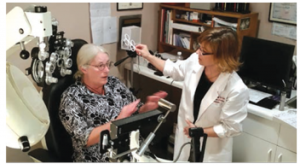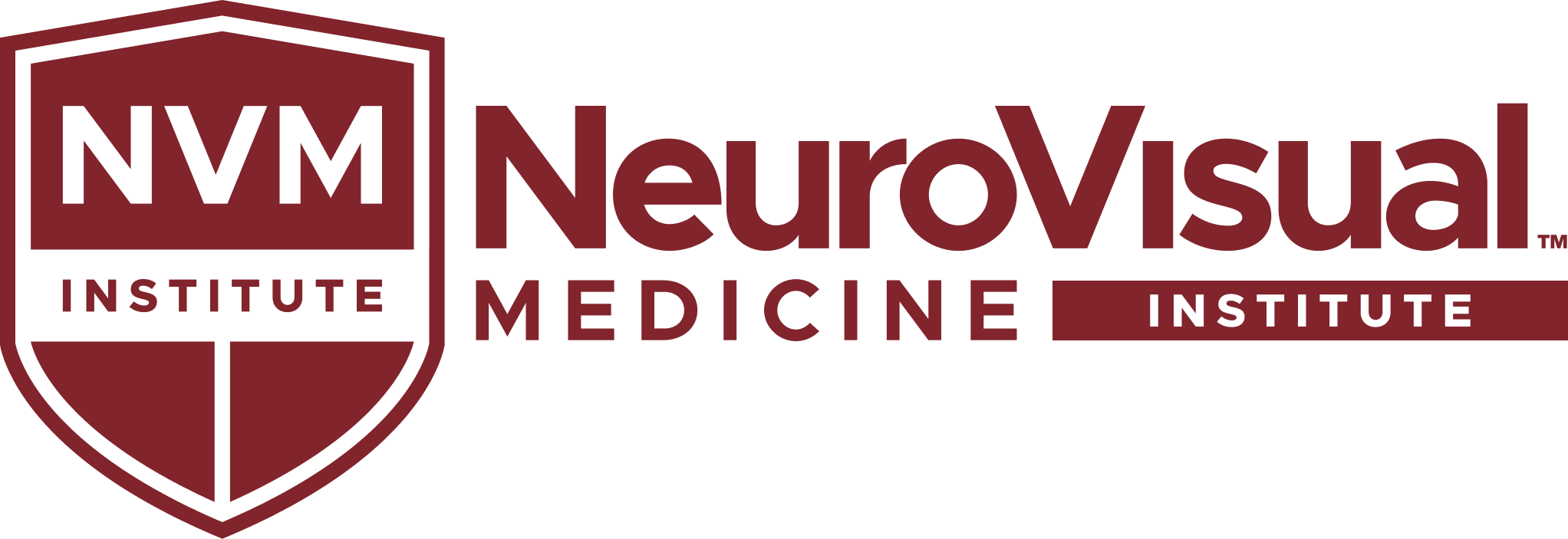NVM Provider Dr. Katherine Collins Discusses the High Demand for Neurovisual Optometry Services
Neurovisual Optometry’s Growing Demand
“I’ve gotten more hugs and shared more tears in the two years I’ve been offering neurovisual optometry than I have in my whole career.”
“Kathryn Collins, OD, of Lititz, Pennsylvania, read about an interesting case that a fellow OD posted on the social media forum ODs on Facebook. The patient in the case had been in a car accident, and despite working with neurologists, physical therapists (PTs), and occupational therapists (OTs), her progress had stalled because she couldn’t see well. Dr. Collins reached out to the colleague, Margaret Shirk, OD, also from Pennsylvania. Dr. Collins sent Dr. Shirk a validated questionnaire for the patient, which could help them determine if the patient could benefit from the neurovisual optometry services she offers.
In 2013, Dr. Collins read an article in Women In Optometry magazine featuring Debby Feinberg, OD, who had started a neurovisual optometry practice in Michigan. In that story, Dr. Feinberg had said she was drawing patients from as far as Pennsylvania. Dr. Collins recalls thinking that wasn’t right. So she contacted Dr. Feinberg to ask how she could bring neurovisual services to her community. Dr. Collins and another OD went to Dr. Feinberg’s office and spent a week learning and training with Dr. Feinberg and her patients with traumatic brain injuries, binocular vision disorders, and other imbalance issues.
So Dr. Collins recognized the symptoms of dizziness and instability that Dr. Shirk’s patient, Debra, presented with. Debra came to see Dr. Collins, who determined after a detailed examination that eyeglasses with a small amount of vertical prism would help her symptoms. “After she received her glasses, Debra was able to return to the rehab hospital because the OTs and PTs thought that she could make progress again. The patient was hoping to return to work where she teaches inner-city kids. Now she can,” Dr. Collins says.

Neurovisual optometry isn’t like vision therapy, where patients return to the practice for weeks or even months. “We’re fitting them with glasses that have been shown to reduce patients’ symptoms so they can get back to work, driving and normal life. Sometimes, that means that they can continue on to vestibular, occupational, physical, and/or vision therapy with greater success,” she says. But most times, it is not needed. For the past two years, she has been offering these services in her primary care office. “I hope at some point to be doing mostly neurovisual optometry. I have local patients, but many are coming from as far away as North Carolina and Virginia, so there are enough patients in our communities for many more of us to be offering these services,” she says. Her patients are often referred by neurologists, who think there may be some visual component to a patient’s problem; rheumatologists, whose patients have myofascial pain; and PTs, whose patients continue with dizziness and imbalance. “Many of their debilitating symptoms can be alleviated by realigning the patients’ eyes. In the past, that wasn’t successful because we were not asking the right questions, measuring the right parameters, or knowing what to do with the information once we had it. But with the proper research, education, and digitally designed lenses, we can prescribe smaller amounts of prism, and it is really helping.”
Neurovisual exams typically last about 90 minutes for a first exam. “But the response is amazing. I’ve gotten more hugs and shared more tears in the two years I’ve been offering neurovisual optometry than I have in my whole career. Patients are so appreciative.”
This article first appeared in the November 2015 edition of Women in Optometry.
Curious how NeuroVisual Medicine might impact your practice? Let’s Chat!
